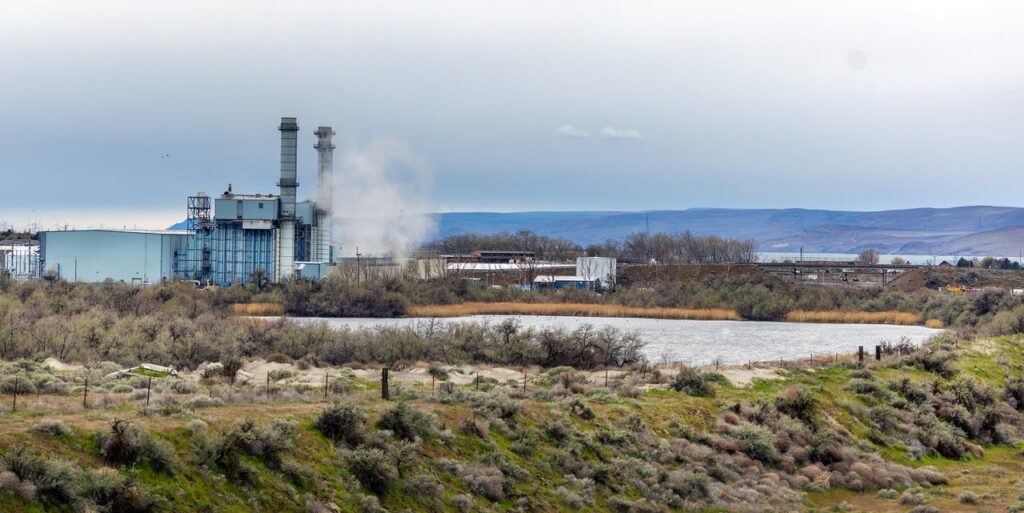A groundwater preservation bill was recently enacted by lawmakers, but some nonprofit organizations that address groundwater contamination claimed it was too weak to have any significant impact.
The bill to update Oregon’s outdated groundwater pollution regulations was supported by Governor Tina Kotek. In the Lower Umatilla Basin, where many inhabitants must rely on bottled drinking water due to nitrate-contaminated domestic wells, Kotek has been actively working to expedite response to the three-decade-old groundwater pollution situation.
Many people in the area were unaware that they had been drinking tainted water for years until 2022. Because the state has not yet tested all of the impacted wells, some people are still unaware of it. Additionally, nitrate contamination in the region has been considerably worse over the last ten years, according to a state analysis.
The Oregon Department of Environmental Quality, Department of Agriculture, and Water Resources Department have been criticized for not doing enough to combat the sources of pollution, despite the state testing wells and launching public awareness programs.
Large farms’ fertilizer, animal manure from nearby industrial dairies and feedlots, and wastewater from food processing facilities that is continuously sprayed on farm fields are the main sources of nitrate contamination.
The bill’s initial drafts outlined precise steps that state agencies would need to take after groundwater contamination became a major public health concern.
However, a number of those measures were removed from the law, which caused social justice and environmental charities to withdraw their support since they believed the legislation was insufficient to do anything.
Industry groups representing polluters exerted pressure on the governor’s office, which resulted in significant changes to the bill’s wording, according to Oregon Rural Action, a nonprofit organization in eastern Oregon that has played a key role in testing domestic wells and urging the state to conduct additional testing and limit nitrate pollution.
“The tools, resources, and legislative directives necessary for agencies to exercise their authority to protect Oregon’s groundwater and enforce the law are no longer included in the version passed on Friday,” said Kristin Anderson Ostrom, executive director of the group.
The office of the governor chose not to comment.
In January, Kotek issued an emergency order that permitted the Port of Morrow to over-apply nitrogen-contaminated water onto farmland, violating its water pollution permit once more. Without the emergency permit, the port, which handles billions of gallons of nitrogen-rich water annually, said it would have to suspend operations and fire employees.
Along with the Lower Umatilla Basin, two more locations in the southern Willamette Valley and northern Malheur County have been identified by Oregon as having increased groundwater nitrate concentrations that are harmful to human health. Each has a plan of action to lower groundwater nitrate levels.
Long-term excessive nitrate intake has been connected in studies to thyroid problems, miscarriages, and malignancies of the stomach, bladder, and intestines. It poses a particular risk to infants, who are susceptible to the deadly condition known as “blue baby syndrome.”
Stories by
Gosia Wozniacka
-
Heat mapping shows hot spots in Clark County
-
Legislation passes to make Oregon utility bills more affordable
-
Bill to strengthen Oregon s electric grid, increase transmission capacity passes Legislature
-
Bill to boost beavers, curb trapping to help restore waterways passes Oregon Legislature
Gosia Wozniacka discusses a variety of environmental topics, including climate change, environmental justice, and the switch to sustainable energy. You may contact her at 971-421-3154 or gwozniacka@oregonian.com.





More Stories
Oregon groundwater protection bill passes despite criticism that it’s too weak
Oregon groundwater protection bill passes despite criticism that it’s too weak
Oregon groundwater protection bill passes despite criticism that it’s too weak